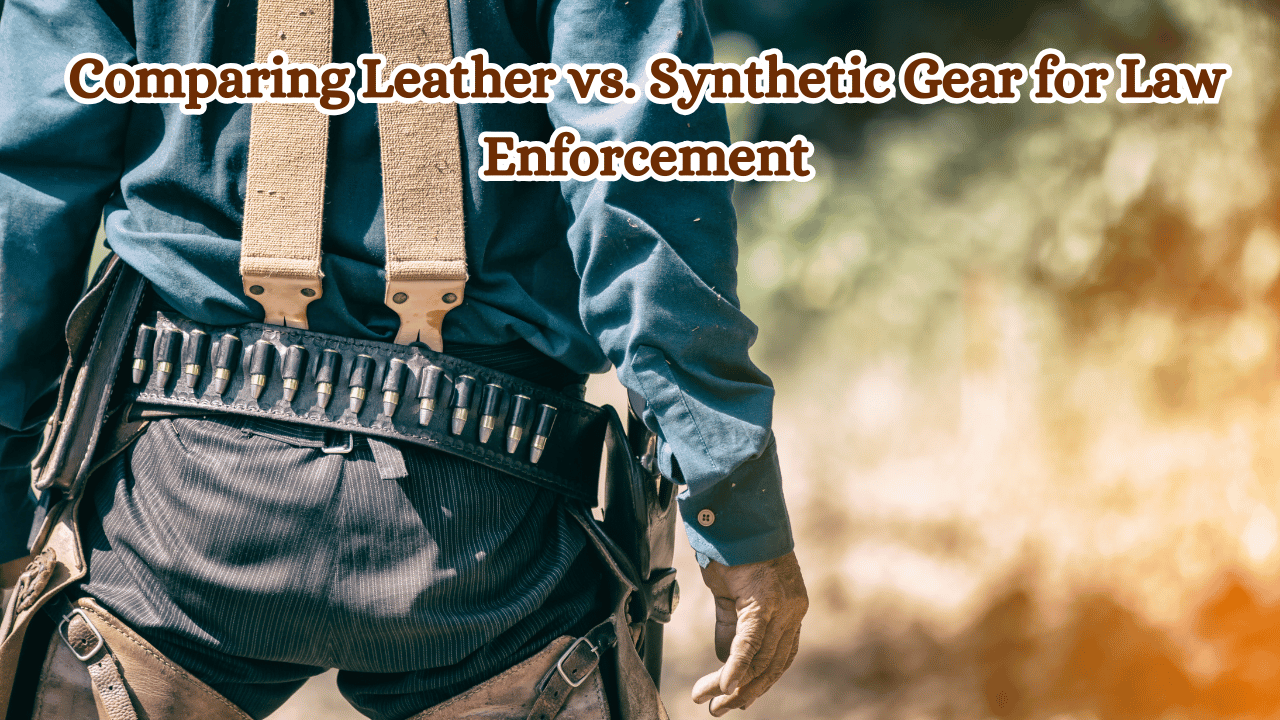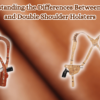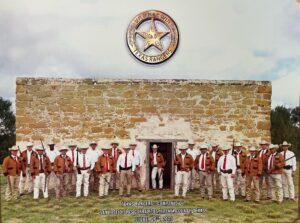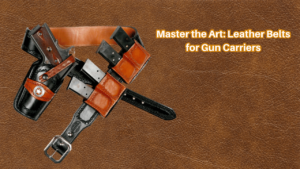Top Hollywood Movies That Utilized Leather Rigs: A Cinematic Craftsmanship
In the grand tapestry of cinematic masterpieces, Hollywood has long been a beacon for innovation and creativity. Among the myriad of techniques that have brought films to life, the use of leather rigs stands out as a testament to the blend of functionality and artistry. This post delves into the profound role of leather rigs in enhancing storytelling through their use in some of the most iconic films, provides case studies of their pivotal importance, and shares behind-the-scenes anecdotes that offer a glimpse into their magic.
Case Studies: Leather Rigs in Iconic Films
![]() Leather rigs are not merely props; they are integral to character development and plot progression. Take, for instance, the legendary “Indiana Jones” series. The whip, elegantly sheathed in a leather rig, is more than a weapon—it’s a symbol of Indiana’s rugged charisma and intrepid spirit. The attention to detail in crafting these leather holsters ensured not only functionality but also an authentic period feel, helping Harrison Ford embody his adventurous alter ego seamlessly.
Leather rigs are not merely props; they are integral to character development and plot progression. Take, for instance, the legendary “Indiana Jones” series. The whip, elegantly sheathed in a leather rig, is more than a weapon—it’s a symbol of Indiana’s rugged charisma and intrepid spirit. The attention to detail in crafting these leather holsters ensured not only functionality but also an authentic period feel, helping Harrison Ford embody his adventurous alter ego seamlessly.
Another exemplary use of leather rigs is seen in “Mad Max: Fury Road.” The post-apocalyptic landscape is brought to gritty reality through the meticulous design of costumes, where leather rigs played a crucial role. The rigs were not only essential for the aesthetic appeal but also provided practical utility for the actors during high-octane sequences. The craftsmanship involved in creating these pieces added layers to the visual storytelling, making the world of Mad Max both believable and compelling.
Behind-the-Scenes Stories: Crafting Cinema Magic
The use of leather rigs often involves fascinating stories of craftsmanship and ingenuity. On the set of “The Matrix,” the iconic scene where Neo dodges bullets is a perfect example. The leather rig designed specifically for Keanu Reeves was engineered to facilitate his swift movements while maintaining the sleek, futuristic look that defined the film’s aesthetic. The rig’s creation involved close collaboration between costume designers and stunt coordinators, illustrating the seamless fusion of fashion and function to achieve visual storytelling excellence.
Similarly, in “The Dark Knight,” Christian Bale’s Batman costume featured an advanced leather rig that was as much about protection as it was about performance. The rig allowed for greater flexibility and movement during fight scenes while maintaining the dark, brooding silhouette that is synonymous with the character. The behind-the-scenes ingenuity in crafting these rigs underscores the importance of leatherwork in elevating the cinematic experience.
The Art and Craft of Leatherwork in Film
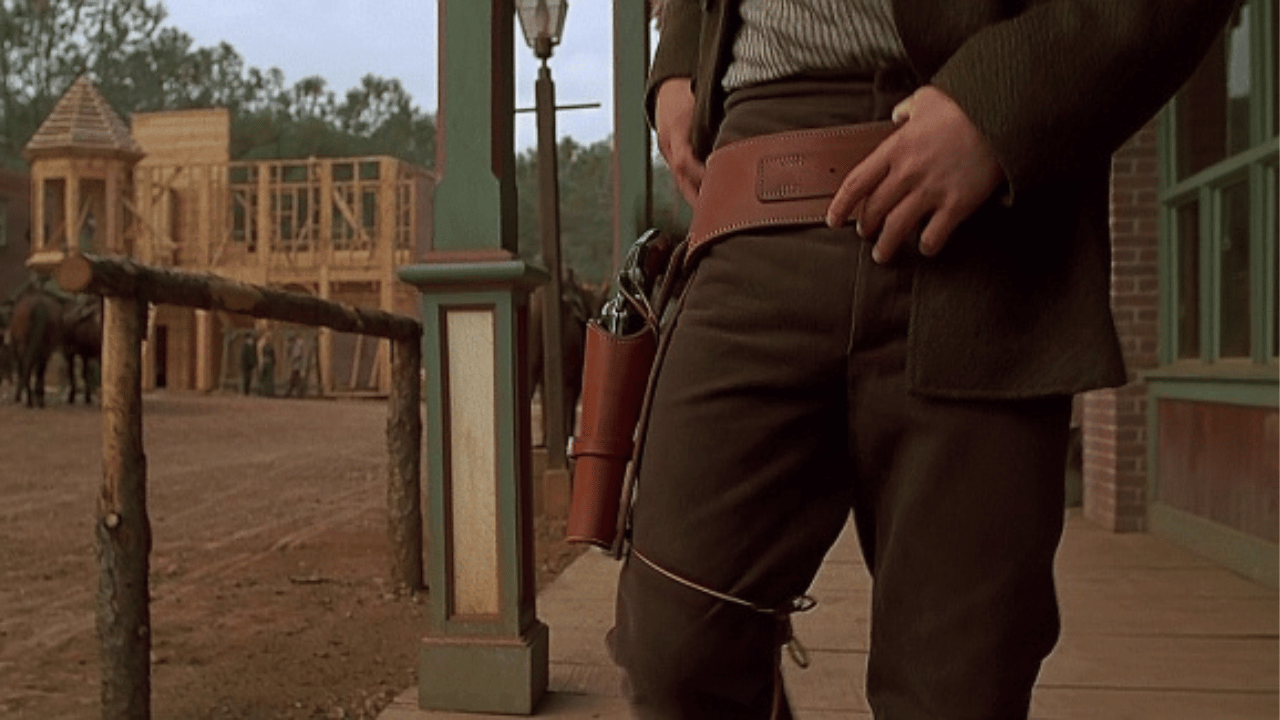 Leather rigs are an enduring testament to the artistry and technical prowess that define Hollywood filmmaking. These carefully crafted pieces not only enhance the visual narrative but also enable actors to deliver performances that resonate with audiences worldwide. From the rugged landscapes of adventure films to the sleek futuristic worlds of sci-fi, leather rigs have proven to be an indispensable element in the storytelling arsenal of filmmakers. As cinema continues to evolve, the timeless craft of leather rigging remains a pillar upon which new legends are built, ensuring that the magic of movies continues to captivate and inspire.
Leather rigs are an enduring testament to the artistry and technical prowess that define Hollywood filmmaking. These carefully crafted pieces not only enhance the visual narrative but also enable actors to deliver performances that resonate with audiences worldwide. From the rugged landscapes of adventure films to the sleek futuristic worlds of sci-fi, leather rigs have proven to be an indispensable element in the storytelling arsenal of filmmakers. As cinema continues to evolve, the timeless craft of leather rigging remains a pillar upon which new legends are built, ensuring that the magic of movies continues to captivate and inspire.

